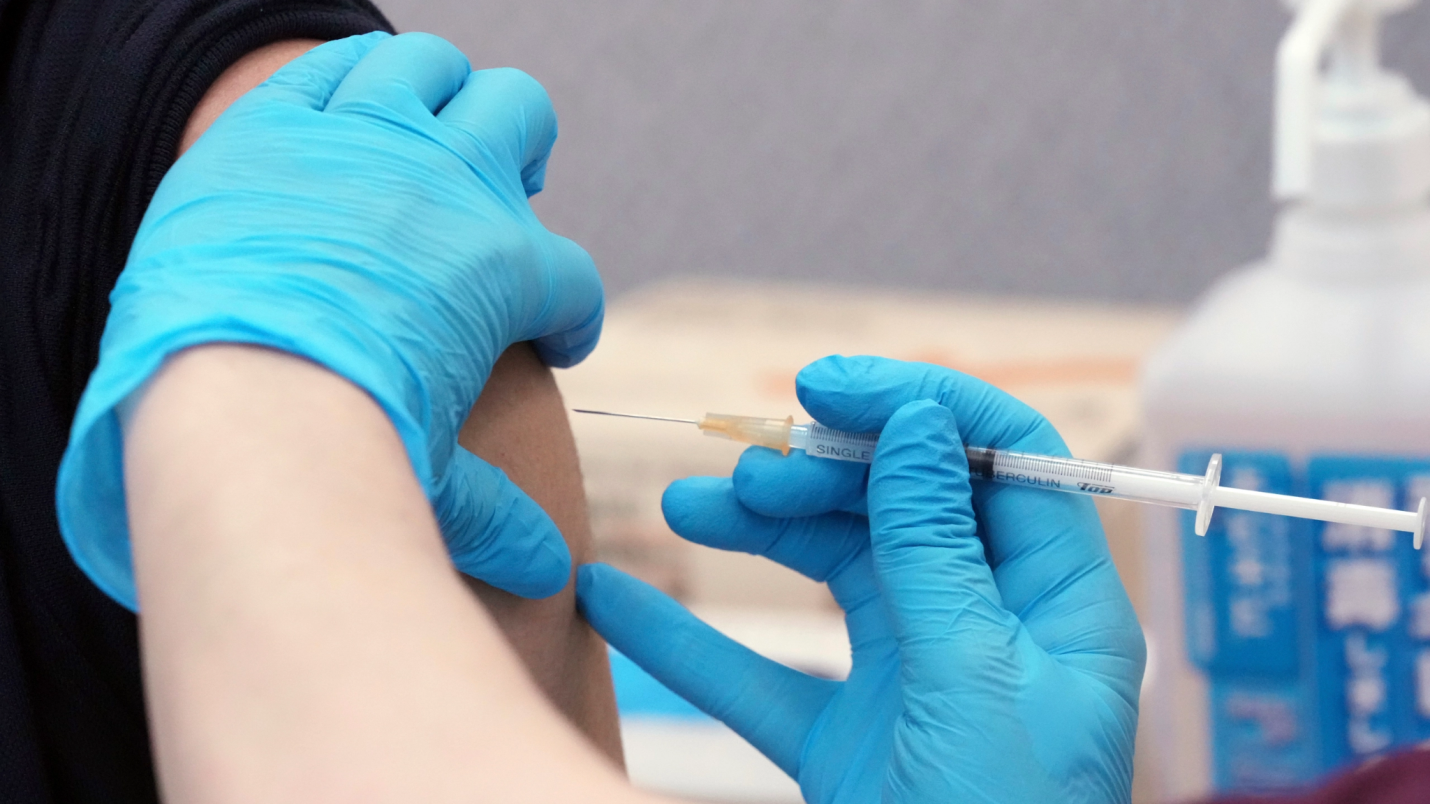Free Courses Sale ends Soon, Get It Now


Free Courses Sale ends Soon, Get It Now



Copyright infringement not intended
Context: India is exploring the possibility of conducting controlled human infection studies (CHIS), a research method that involves deliberately infecting healthy volunteers with pathogens under controlled conditions. CHIS can help in developing vaccines and treatments for various diseases, but it also raises ethical concerns.
Details
Challenges and benefits mentioned in the draft
Controlled Human Infection Studies
About
Background
CHIS typically involve the following steps:
CHIS offer several advantages over other types of clinical research, such as:
Steps Taken by Government
Challenges that need to be addressed
Way forward
|
PRACTICE QUESTION Q. What potential benefits can Controlled Human Infection Studies offer in the field of medicine? 1. Identifying new pathogens to enhance biological warfare capabilities. 2. Developing more potent strains of infectious diseases for research purposes. 3. Accelerating the development of vaccines and treatments for various diseases. 4. Exposing human populations to widespread infectious diseases for immunity development. How many of the above statements is/are correct? A) Only 1 B) Only 2 C) Only 3 D) All Answer: A Explanation: Statement 3 is correct. Controlled Human Infection Studies play a crucial role in advancing medical research and public health. By intentionally infecting human volunteers with specific pathogens in a controlled environment, researchers can closely monitor disease progression and evaluate the efficacy of potential vaccines and treatments. This controlled setting allows for quicker and more precise assessment of medical interventions, ultimately speeding up the development of vaccines and treatments for various infectious diseases. It is important to note that CHIs are conducted under strict ethical guidelines and with the utmost consideration for the safety and well-being of the volunteers. |
https://epaper.thehindu.com/ccidist-ws/th/th_delhi/issues/45005/OPS/G05BHCEK2.1+G4QBHD9M1.1.html
© 2024 iasgyan. All right reserved